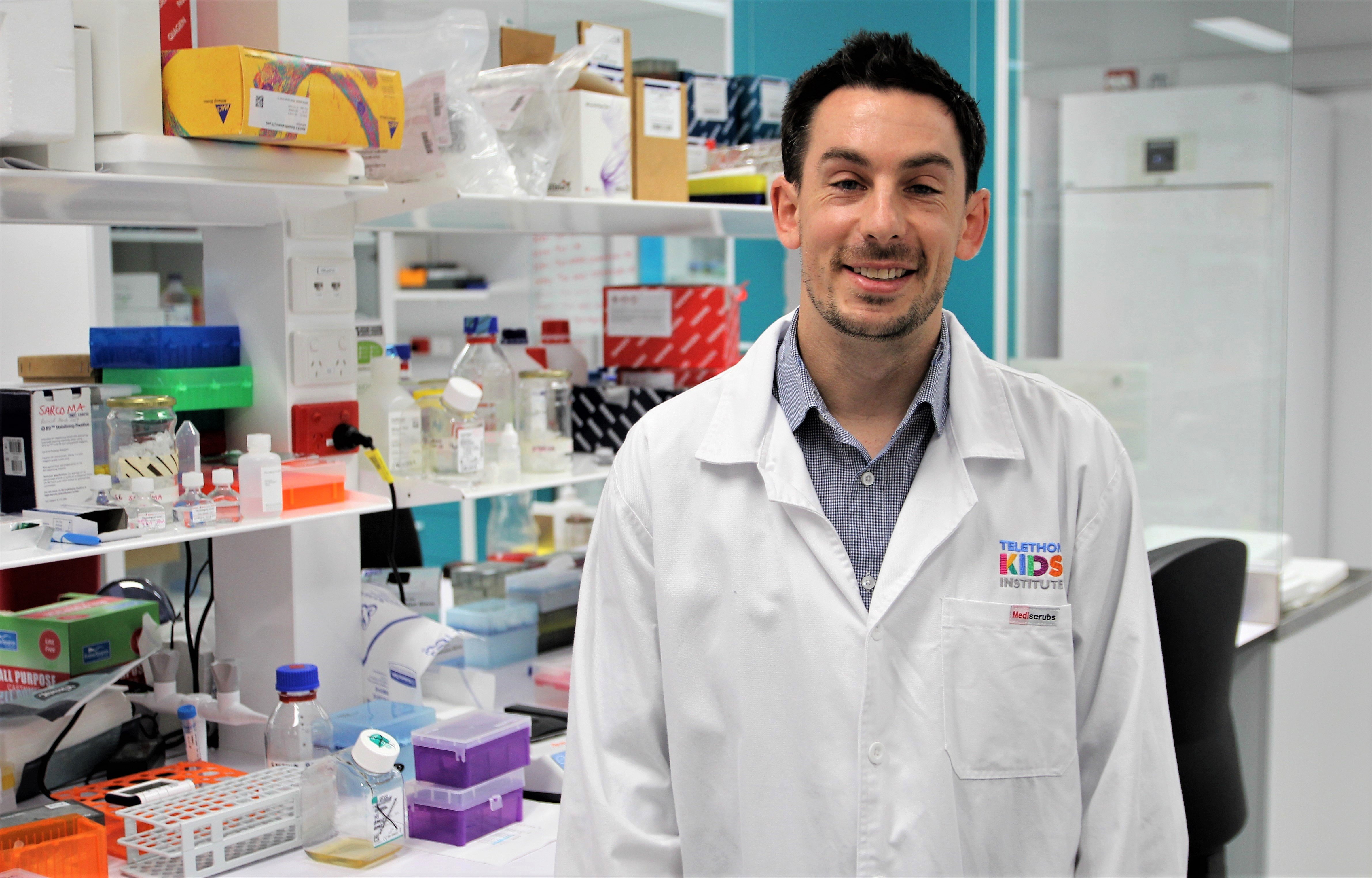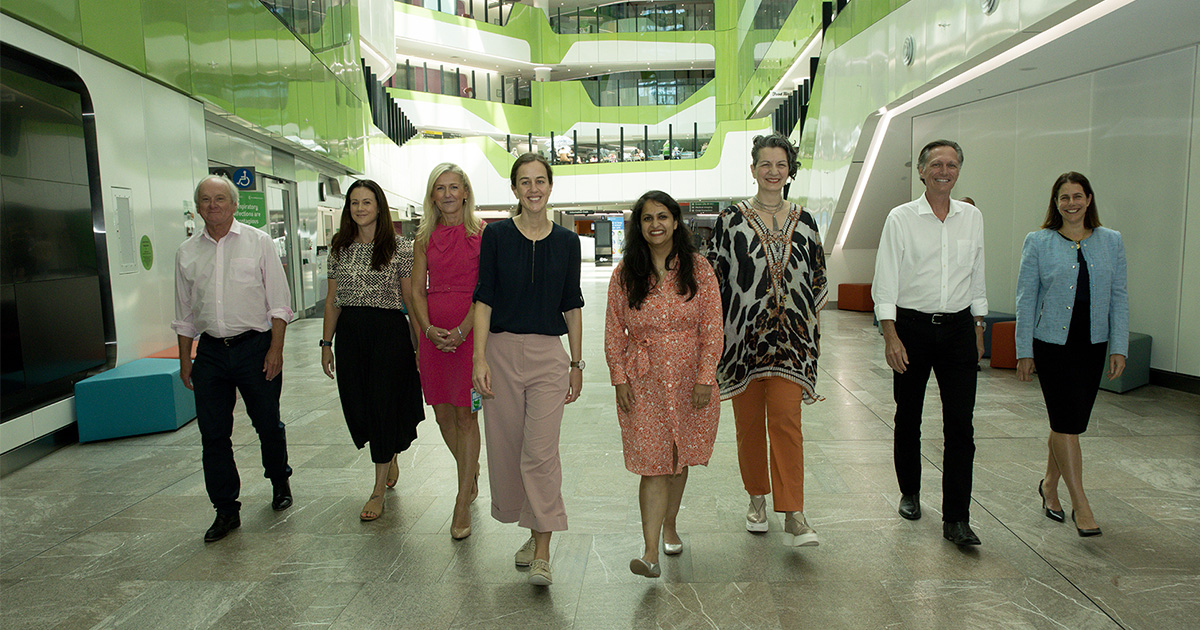Search
Showing results for "1"
Research
Geographic information systems and applied spatial statistics are efficientApplied Spatial Statistics used in conjunction with geographic information systems (GIS) provide an efficient tool for the surveillance of diseases
Research
The risk of cerebral palsy in survivors of multiple pregnancies with cofetal loss or deathThis study investigated the risks for cerebral palsy in survivors of multiple pregnancies with cofetal loss (< 20 weeks' gestation) or cofetal death...

The Aboriginal Health and Wellbeing Team follows an holistic definition of Aboriginal Health which means that health is not just the physical wellbeing of an individual but includes the social, emotional and cultural wellbeing of the whole community.

News & Events
Crucial advancement in the treatment of childhood sarcomaCure Cancer and The Kids Research Institute Australia researcher Dr Ben Wylie announced new potential treatment in time for Childhood Sarcoma Awareness month.

News & Events
PhD pathway program ensuring bright future for clinical research in WATwo outstanding Perth Children’s Hospital clinicians will be supported to pursue a career in medical research, paving the way for more clinician-scientists in Western Australia.

News & Events
Ideas Grants to support innovative researchTwo research teams, led by The Kids Research Institute Australia, have been awarded more than $2 million to fund innovative projects.

News & Events
The Kids infectious diseases researcher named a WA Young Tall PoppyA The Kids researcher focused on ensuring kids are protected from infectious diseases will be named among WA’s most outstanding young scientists at the upcoming 2021 Young Tall Poppy Science Awards.

News & Events
Researchers to focus on MS inflammation puzzleThe Kids Research Institute Australia researchers will seek to better understand the relationship between antibodies and inflammation in people with multiple sclerosis (MS), thanks to a generous grant from MS Research Australia.

News & Events
The Kids Research Institute Australia researchers share in TPCHRF fundingEight The Kids Research Institute Australia researchers are among those who have received grant funding from the Telethon-Perth Children’s Hospital Research Fund (TPCHRF).

Strengths-based, tiered, accessible, resources and supports (STARS) for Kids for parent, carers and their children.
